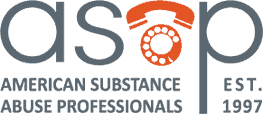Drug-free workplace has become a common term with human resource and safety managers. Most professionals agree that with drug and alcohol abuse accounting for 65% of on-the-job accidents, there is a need for drug testing to be an integral part of the workplace. But what is the difference between drug testing and having a drug testing program?
Components of a Drug Testing Program:
- A Written Policy
- Should be tailored to specific needs of company
- Why policy is being implemented
- Clear description of prohibited behavior and the consequences for violating the policy
- Understanding by executive management and supervisors as to why this policy is important and a commitment to enforce it
- Access to Assistance
- Employees receive education about the policy, consequences, their rights, drug and alcohol information
- Access to resource file for employees to gain information regarding community-based resources, treatment programs and helplines if an Employee Assistance Program (EAP) are not available
- Employee Education
- Trainings to educate on drug and alcohol awareness
- What it means to work in a drug- free workplace
- Impact of drugs and alcohol on personal as well as workplace environments
- Reinforcing education through a variety of channels
- Supervisor training
- Training tailored towards management and how to handle employees with regards to the drug and alcohol policy
- Documenting incidents
- How to refer a troubled employee to available resources to receive help
- Drug Testing
- Employers must consider who will be tested, which drugs will be tested for, how and when the drug tests will be conducted
- Be familiar with state and federal laws
To learn more about drug testing program, visit: http://ohsonline.com/Articles/2014/09/01/Drug-Testing-and-Safety.aspx?admgarea=news&m=2&Page=1

